Drift Mechanics Deep Dive
One of the eternal questions of racing, "why not drift", has pervaded the culture ever since the drifting trend started in the 70s. But you never see racecars drifting around corners, and even saving a botched turn with controlled oversteer can lose you many seconds in a lap. In the real world, any time your car loses grip, you lose time, put technically:
In practice, grip racing will almost always be faster than drifting. All surfaces have a lower kinetic friction coefficient than their static friction coefficient, and the act of drifting simply doesn’t allow for the transfer of as much force to propel the car as grip runs can.
- Brac, 240drift.com
In essence, sliding across a surface gives you less total grip than rolling over it normally, this is due in part to how a tyre holds onto a surface. As you apply more lateral force to a tyre, it'll flex sideways, relying on the strength and flexibility of the side wall to keep the contact patch from sliding. This gradually transfers the momentum that keeps the car moving in the same direction towards the direction that the contact patch is pointing towards.
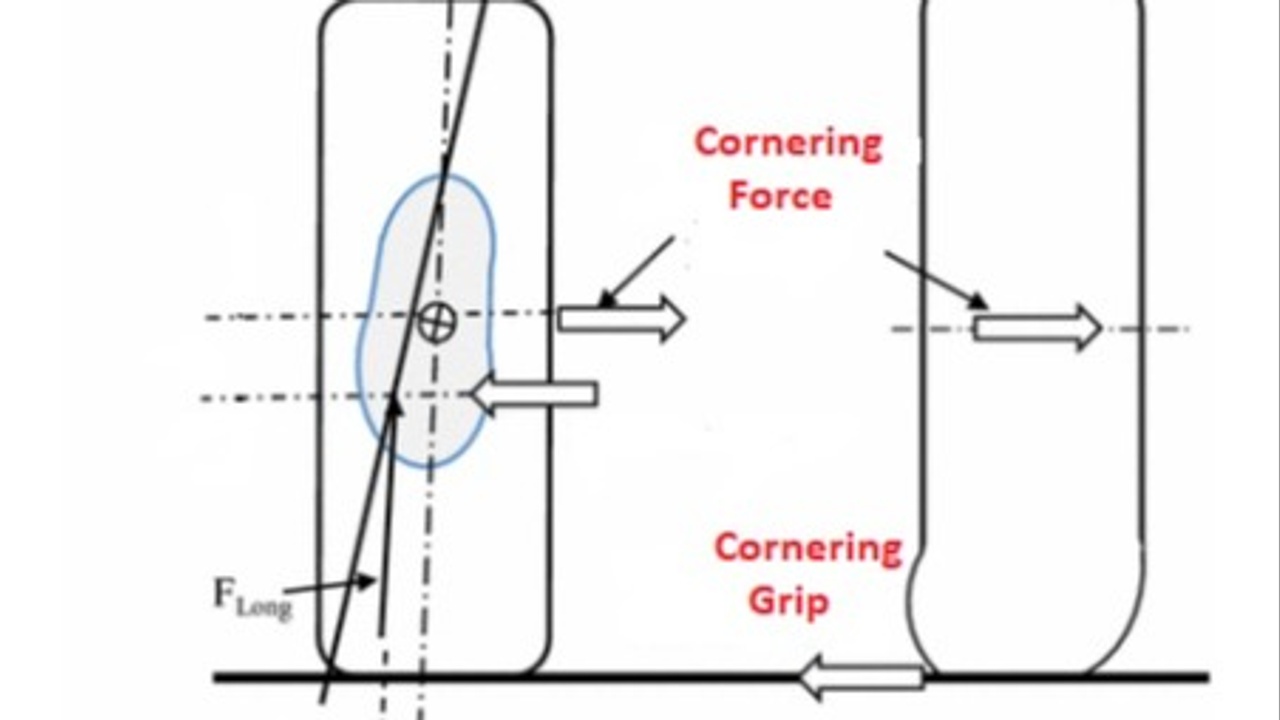
Once the cornering force overcomes the sidewalls ability to deform, the tyre itself begins to slide, and due to the lower sliding friction, you now have much less grip on the road. Cornering performance is directly linked to how quickly the car can change direction (lateral acceleration), and a lower friction reduces this acceleration, meaning the car must go around the corner slower to maintain the same line. Grip racing requires managing your tyres total grip capacity throughout each corner to make sure it is 100% utilised, splitting it between braking, turning, and accelerating, maximising tyre performance. The traction circle shows how grip must be split, braking/accelerating reducing the amount of cornering performance available, and vice versa.
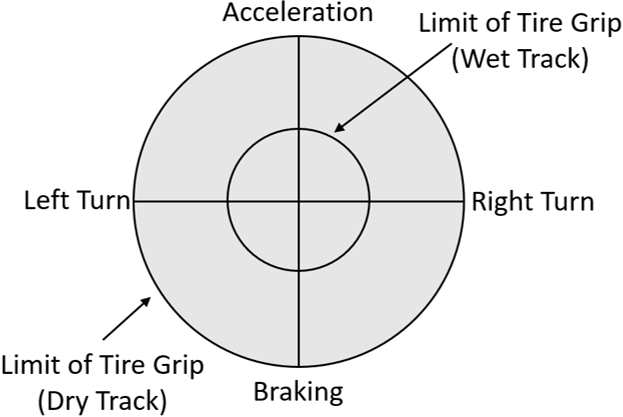
But, why doesn't this apply to rally? Off-road cars slide around a lot, travelling much faster than they would otherwise with an optimal line. What's happening there? In cases where the surface friction is very low, peak grip isn't going to be much higher than sliding grip, so driving the optimal line ends up being much slower than it would otherwise be on a sealed road. This, combined with the high power engines and AWD drivetrains, it turns out that the amount of force all the driven wheels provide longitudinally (along the direction of travel) exceeds the amount of force the tyres can exert on the vehicle in a corner laterally (perpendicular to the direction of travel). This means that the drivers, instead of treating the tyres like rails with limits, they treat the cars direction as a thrust vector that can change the vehicles total direction by simply pointing and accelerating.
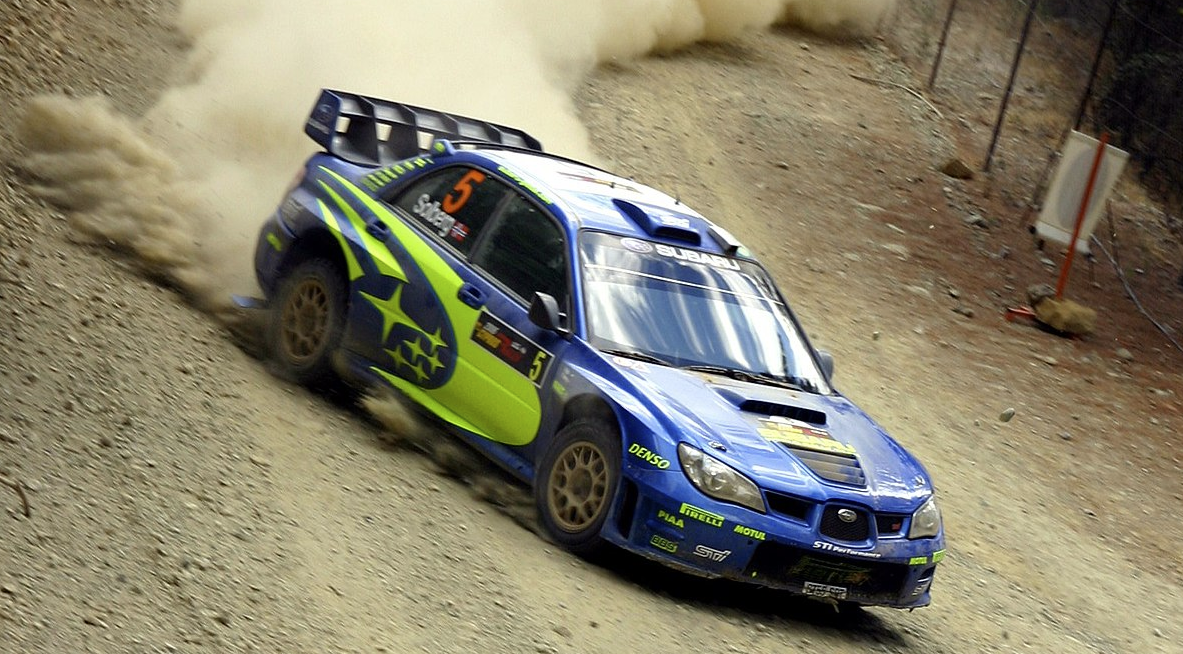
What does that mean for Drift King? Taking a note out of off-road rally, we know that we need to ensure that the amount of force a car can exert while travelling sideways must exceed the amount of force the tyres can exert going forwards. BUT we don't want to make the roads feel like dirt and ruin the high intensity of road racing by making everyone slide around slowly. To make matters even more difficult, we don't want to add phantom forces and other fakery to capture our vision, we want to create something that is based in reality, using exotic materials that don't exist yet, but could exist in the future.

To this end, we need to first make one step away from our current reality, and split the lateral and longitudinal grip of the tyres. This allows us to provide very high longitudinal grip for quick acceleration, while not making the lateral grip so high that drifts are impossible and cars travelling sideways lose momentum too rapidly. This allows us to corner faster by using the vehicles direction as a thrust vector, relying on the high longitudinal grip to outpace the capacity of the lateral grip in a regular cornering scenario.
Now we have a great cornering experience, but to make it go faster sideways than forwards in a high grip scenario like a road surface, we have to make the longitudinal grip so much higher than the lateral grip that we either end up with no lateral grip (which feels like dirt racing), or have so much longitudinal grip that cars can no longer do burnouts and accelerate absurdly fast. How do we fix this issue? We make yet another departure from the real world by adding a wheel angle friction curve that defines how much friction the wheel should have depending on the current drift angle, which can provide a realistic value for grip when travelling forwards, but increases the longitudinal grip the greater the drift angle is, providing a predictable and satisfying response to increasing drift angle. Effectively, the deeper the drift, the quicker you turn, allowing for blisteringly high cornering speeds. The tyre friction curve for the Hybrid Flex tyres is shown below, going from 5.0 units to a whopping 25.0 units of longitudinal grip force at 90 degrees before slowly reducing back down beyond 90 degrees (for backwards driving).
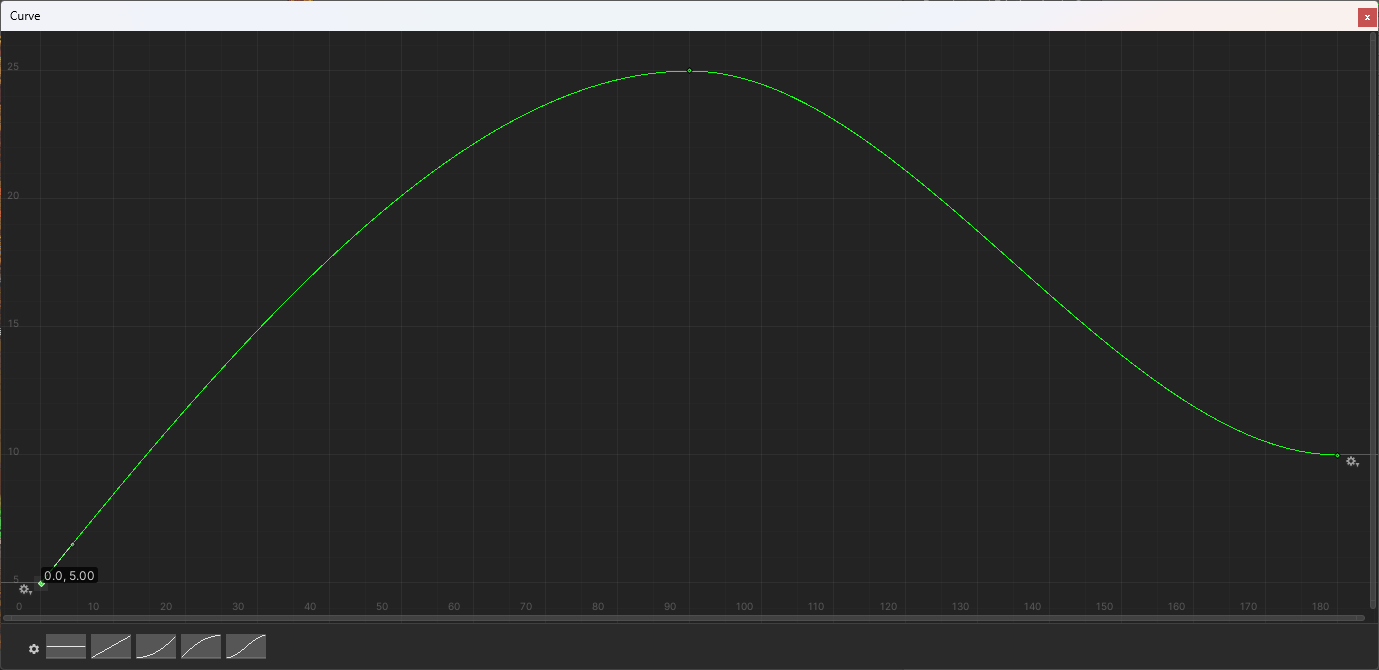
Note that the longitudinal grip for going backwards is still higher than the forwards grip, to make reverse recovery much snappier, ensuring that a mistaken spin-out doesn't completely ruin your chances of winning a race, and allowing you to quickly J-turn back into action.
If you managed to get to the end of this unexpectedly long post, leave a comment telling me why! If you enjoyed this breakdown and would like to see more like it, leave a like! I appreciate all your support, and if this gets enough attention, I'll be more willing to do write ups like this in the future. Don't forget to follow me for future updates.
Have fun out there, Drift Monarchs.
- George
Get Drift King - Alpha v0.17
Drift King - Alpha v0.17
Thom Yorke's Pro Drifter
| Status | In development |
| Author | Mellow |
| Genre | Racing, Simulation |
| Tags | 3D, Low-poly, Open World, Singleplayer, Unity |
| Languages | English |
More posts
- Floods of TwilightJul 11, 2025
- Profound Mental GreenJul 04, 2025
- Quick hotfix!Jun 21, 2025
- Missions!Jun 20, 2025
- Spin 2 Win - Burnouts!May 09, 2025
- City Area Status - 90% CompleteFeb 28, 2025
- Into The BackcountryNov 22, 2024
- Network Hotfix!Oct 21, 2024
- Under The BridgeOct 18, 2024
- The Flattering UnflatteningOct 04, 2024
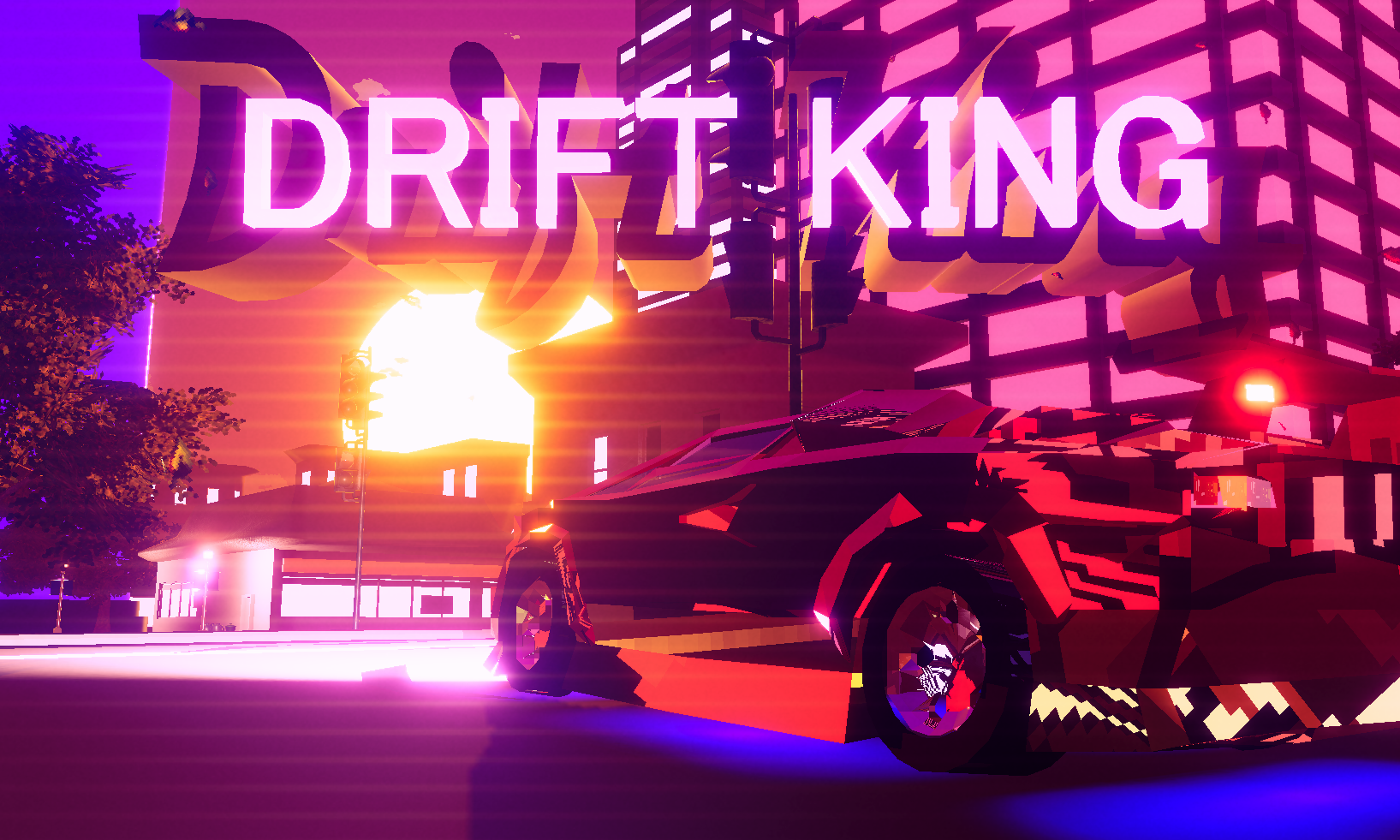
Leave a comment
Log in with itch.io to leave a comment.